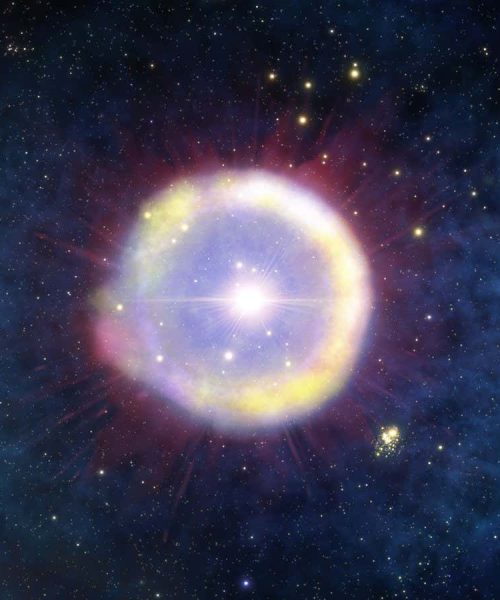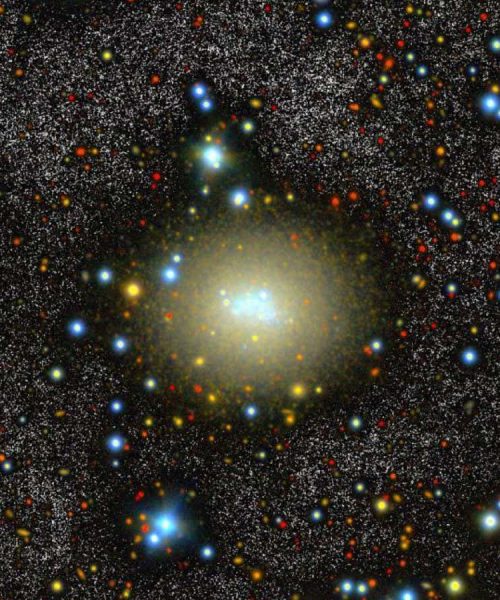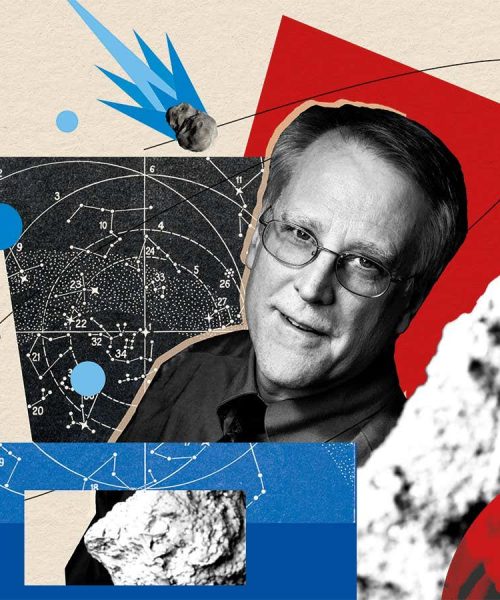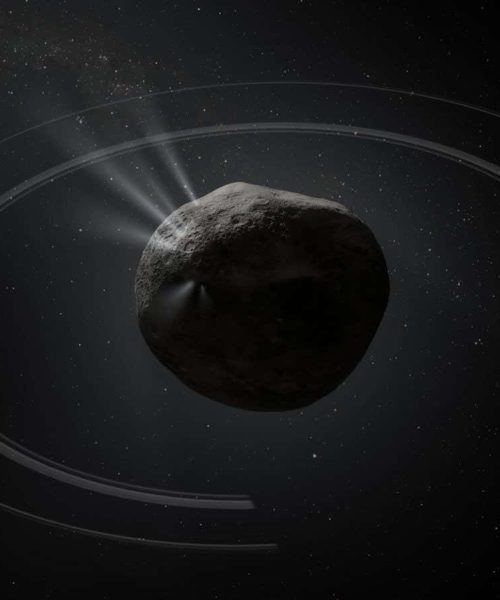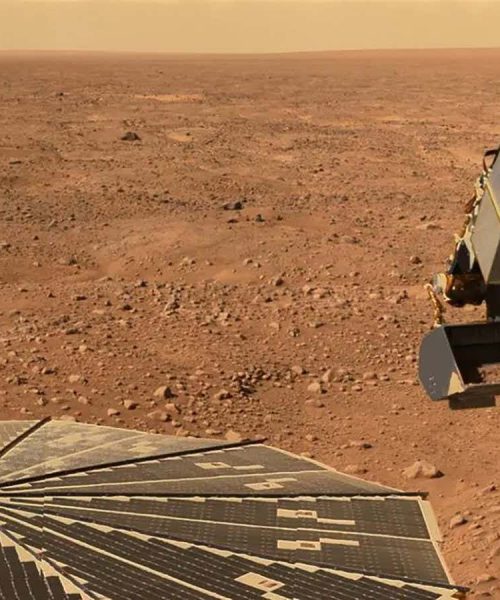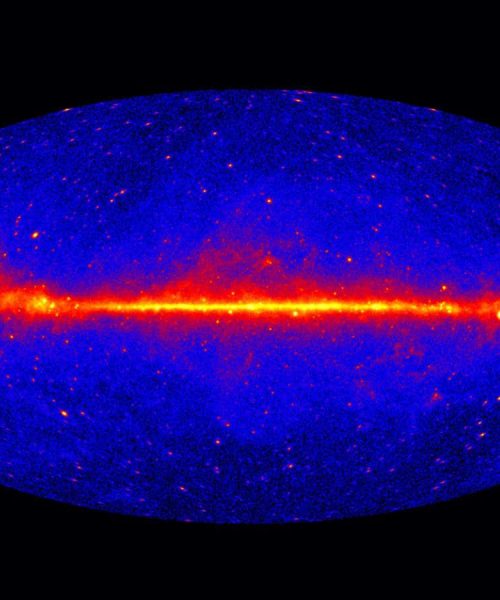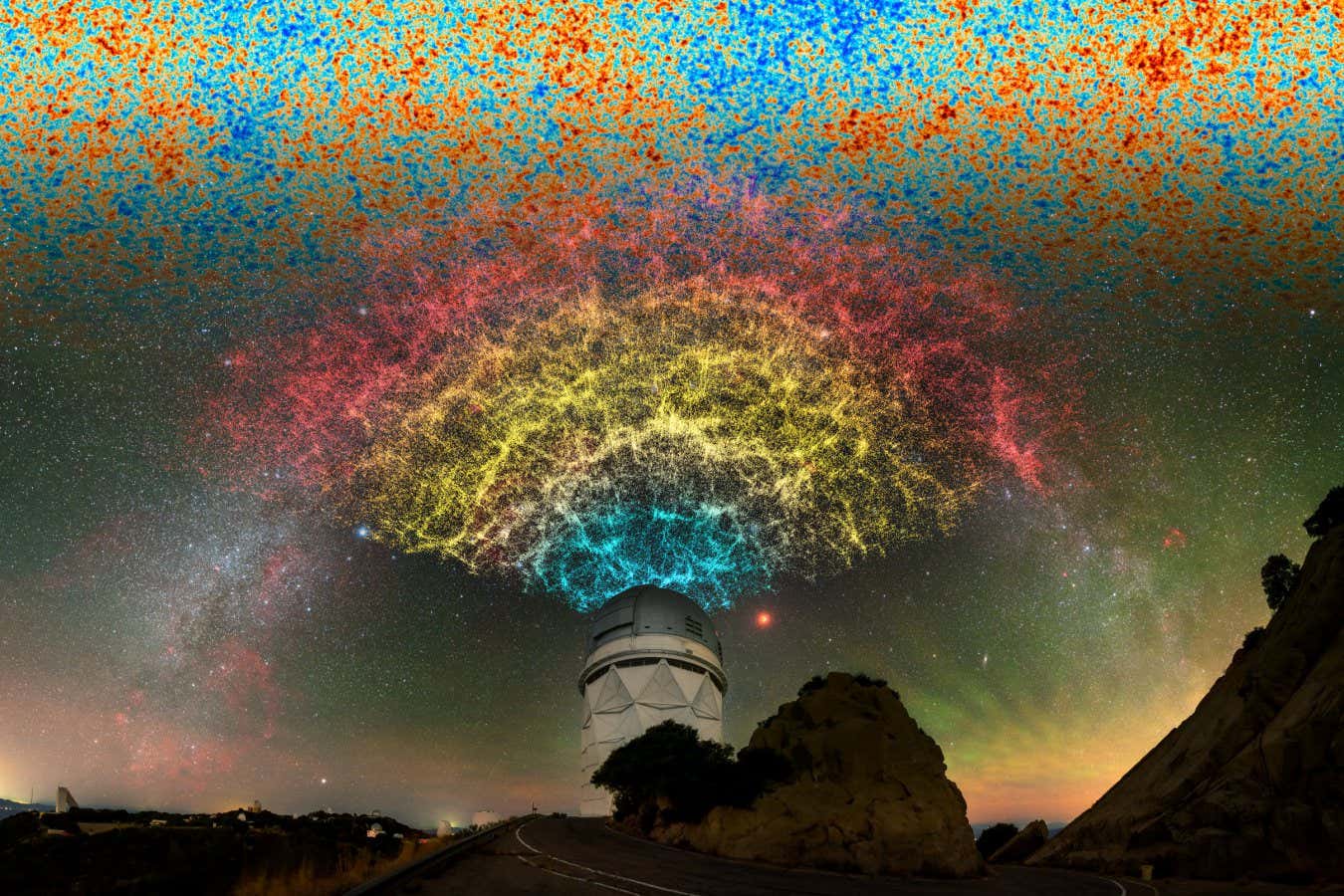
This rainbow pattern shows the structure of 60,000 galaxies as captured by the Dark Energy Spectroscopic Instrument
DESI Collaboration/KPNO/NOIRLab
We think dark energy makes up most of the universe, but we have no idea what it actually is. In 2025, the Dark Energy Spectroscopic Instrument (DESI) in Arizona may offer clues, particularly in relation to how this strange force has changed as the universe matured.
“Either there is some new form of dark energy that we don’t know about yet or this could be a paradigm shift, maybe [the data will show] that there is something we don’t understand about space and time,” says…
